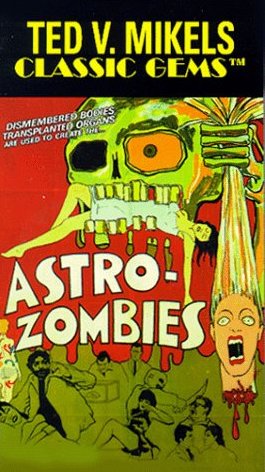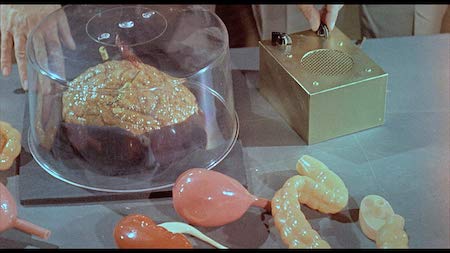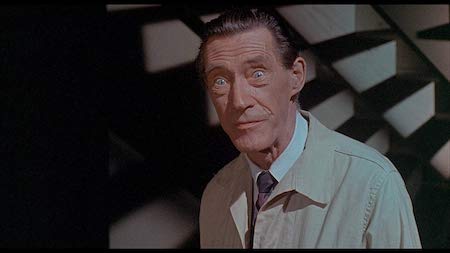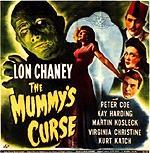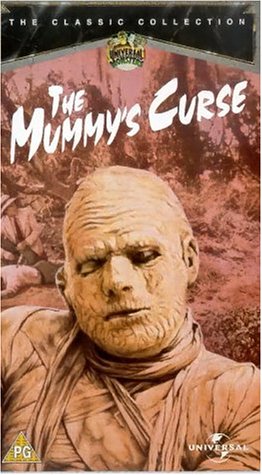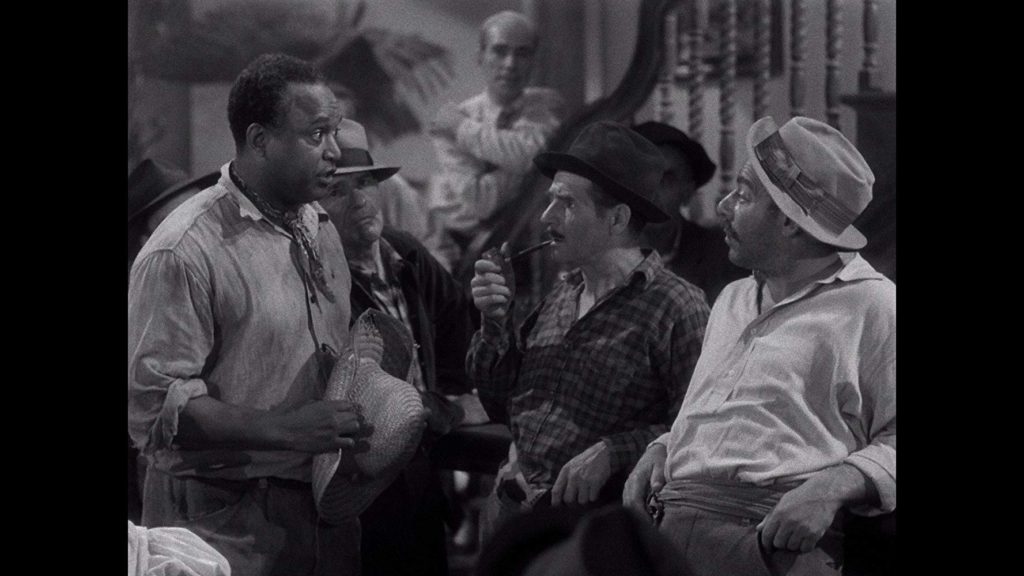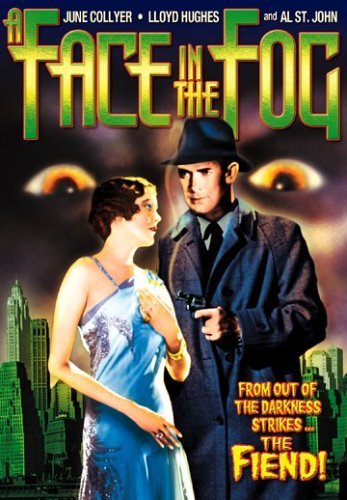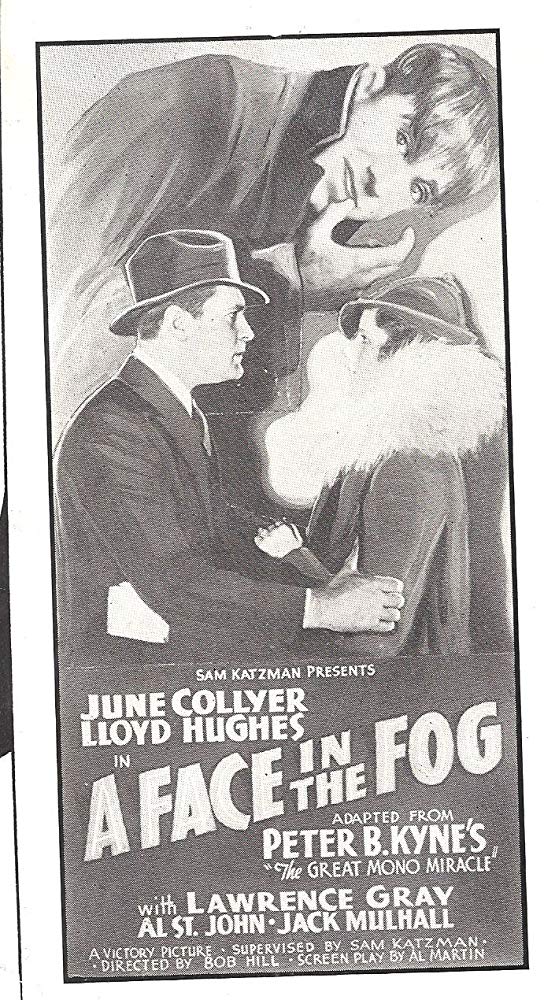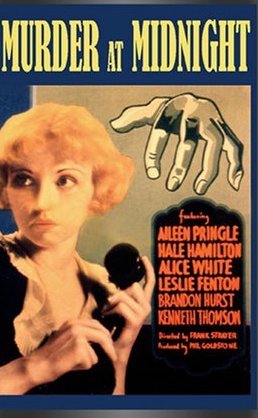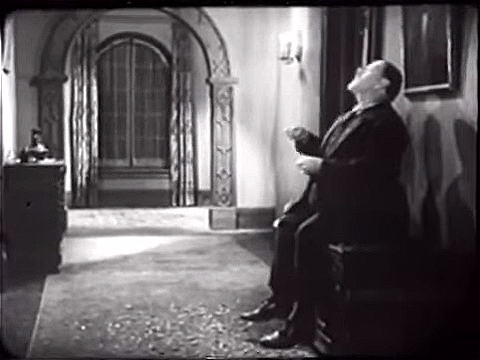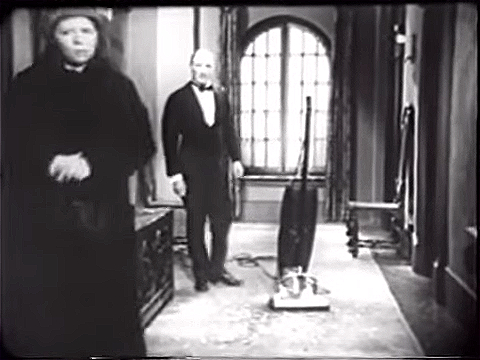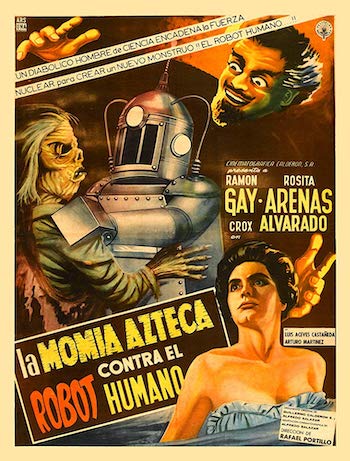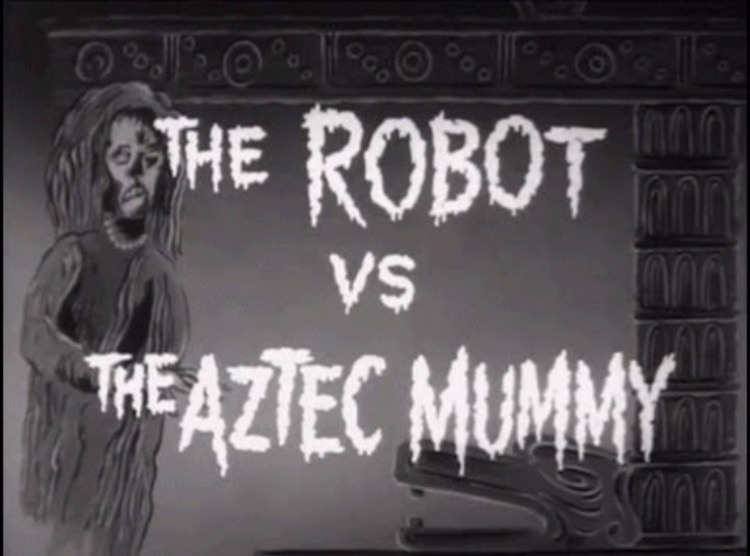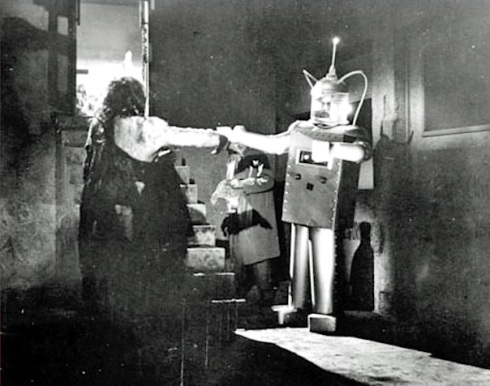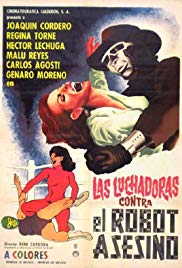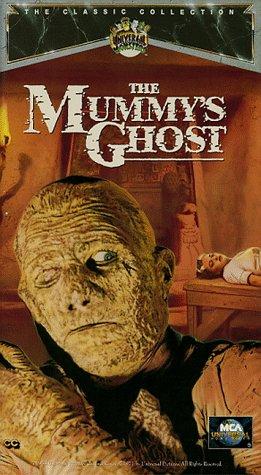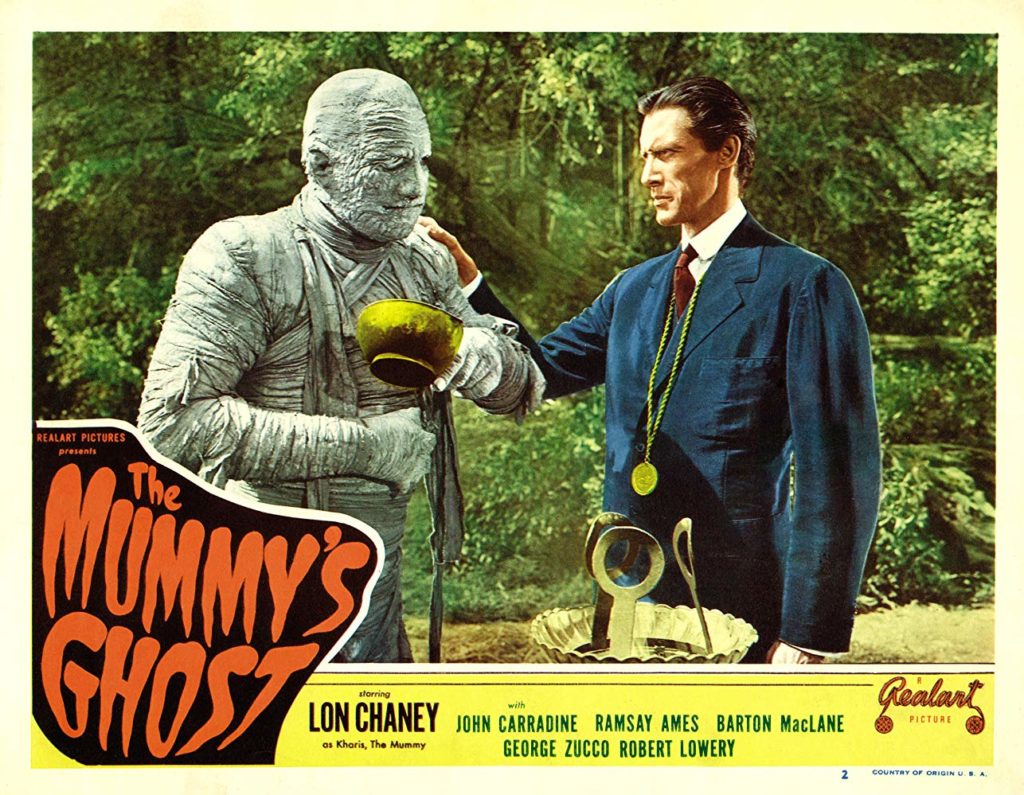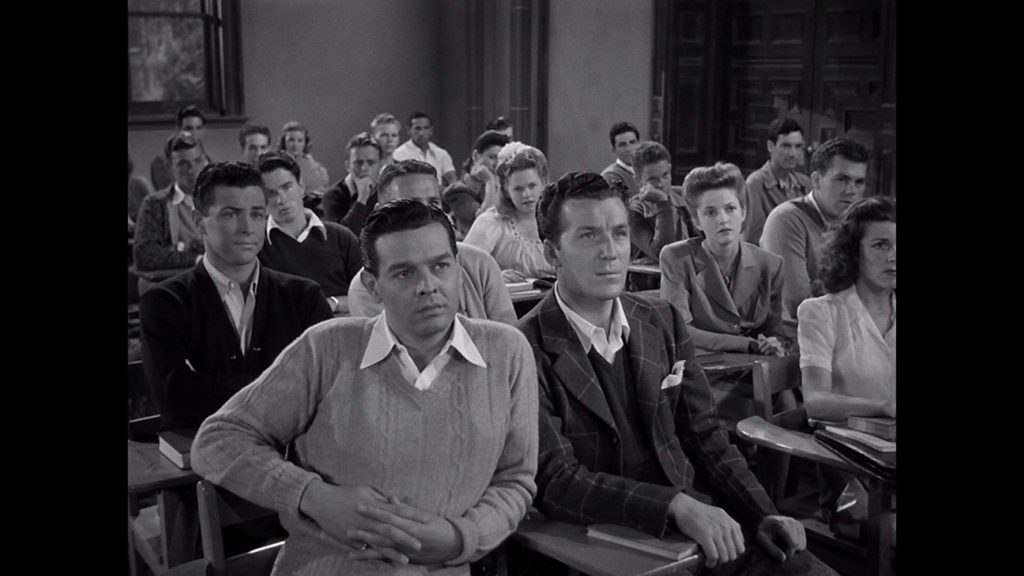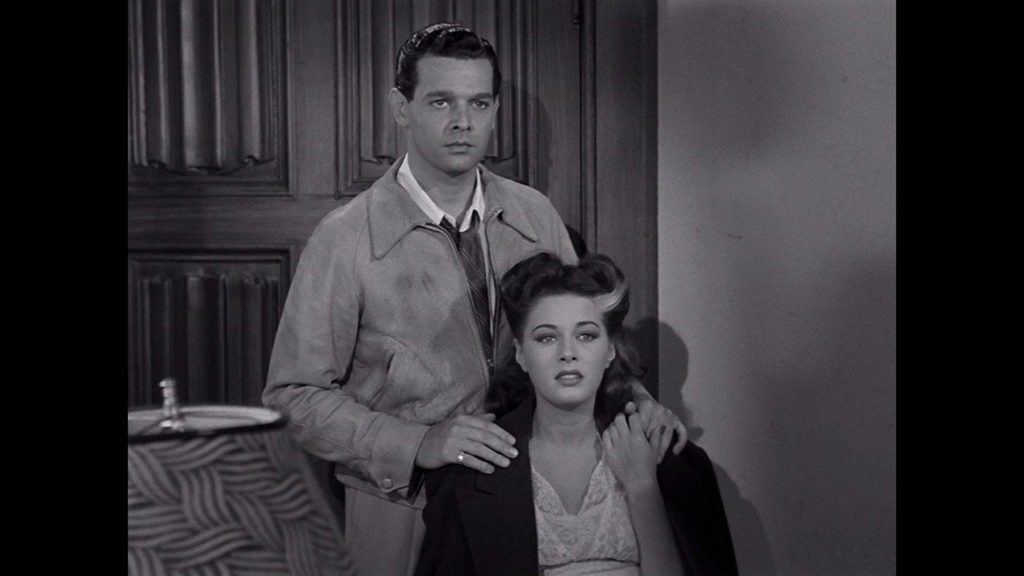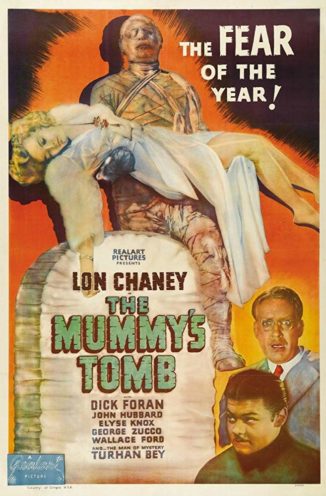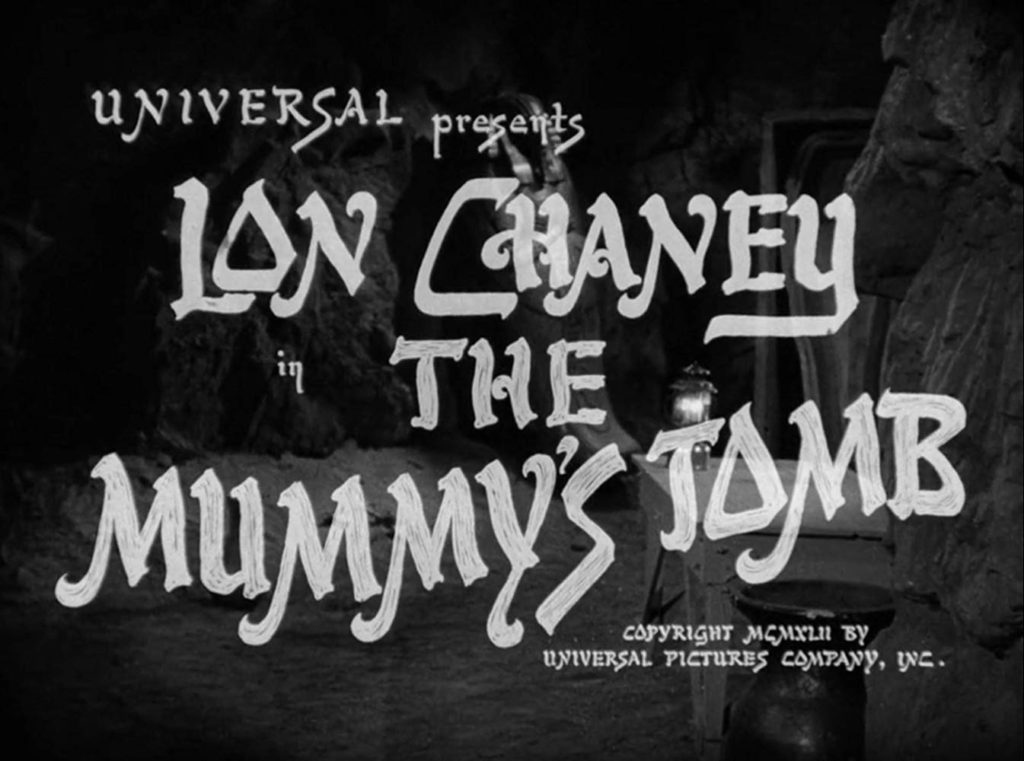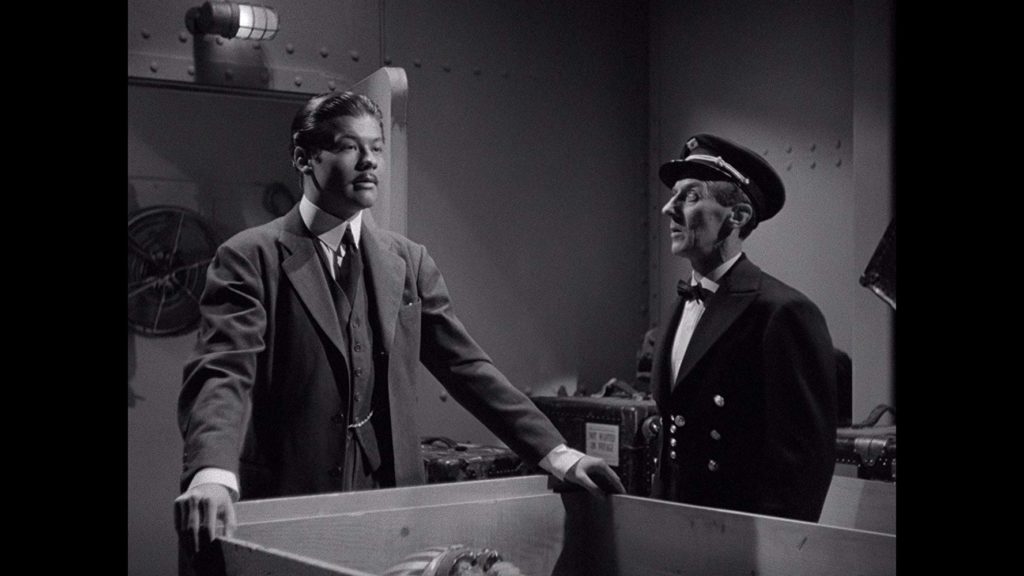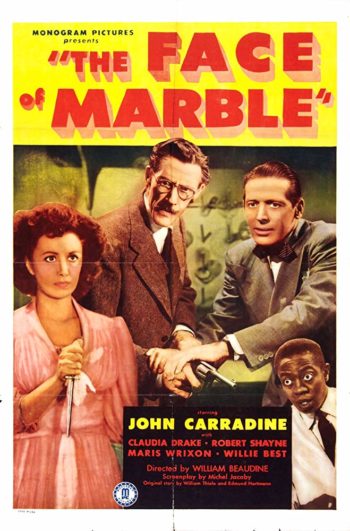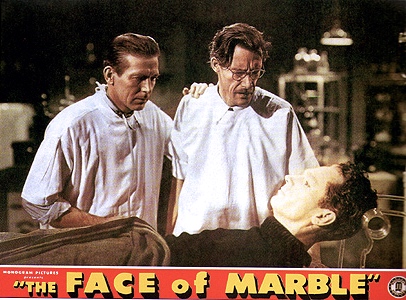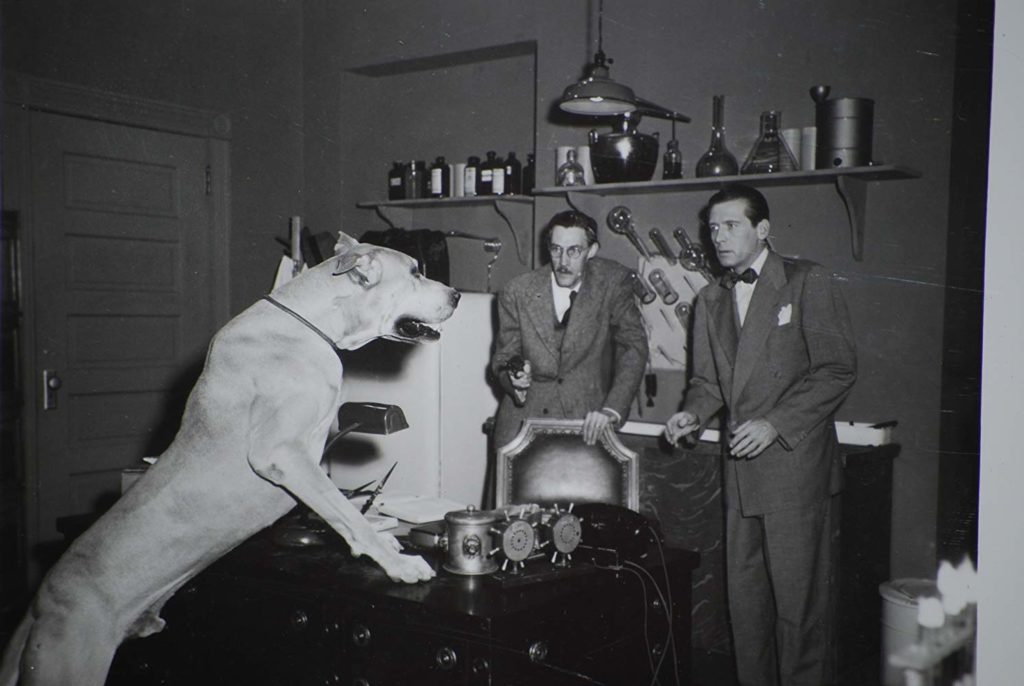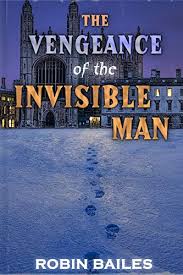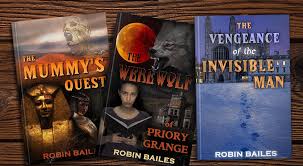The Brasher Doubloon (1947)
IMDB meta-data is 1 hour and 12 minutes, rated 6.5 by 845 cinematizens
Genre: krimi
Verdict: Chandler Lite.
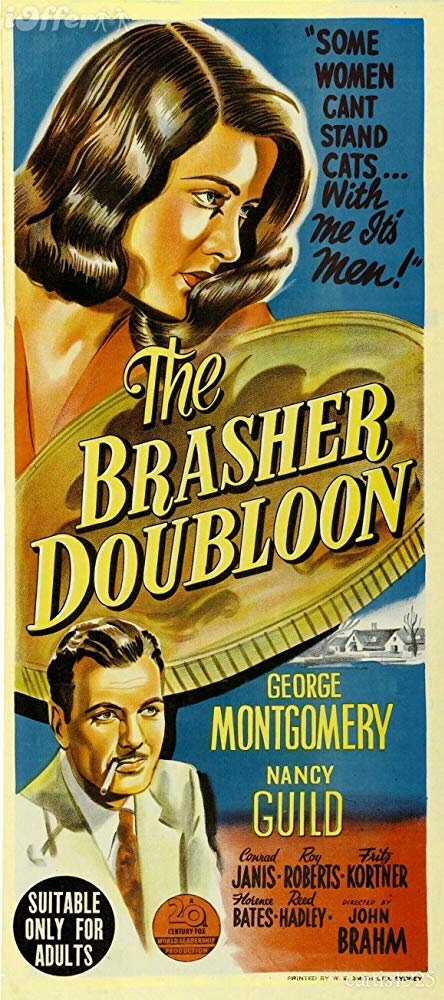
Montana’s own Philip Marlowe encountered a duplicitous son, an unscrupulous mother, a deranged secretary, a sty-eyed Peter Lorre wanna-be, incompetent but not venal cops, a crooked coin dealer, the mandatory blackmailer, and assorted thugs led by Michael Anthony, all in a day’s work. He got beaten up a couple of times without taking any aspirin. He outsmarted Plod and got the girl.
It has superb cinematography by Lloyd Ahern who makes the viewer feel that Santa Ana Red Wind from the Mojave desert, and prepares each scene with a shot worthy of the best noir film. This was his first credit and it is superb. It was followed by the Miracle on 34th Street. He spend most of the 1960s and 1970s in television. Leaden direction was by John Brahm (a Nazi refugee who surely moved faster in real life than in this still life).
The screen play derived from Raymond Chandler’s novel The High Window (1942) which had been the basis of the Mike Shayne film Time to Kill (1942), which film has more wit and energy than the title under consideration, but lacks the cinematographic artistry of Ahern.
By the way, the coin really was minted in New York in 1787 and one sold in 2011 for $US 7.4 million Iron Men!
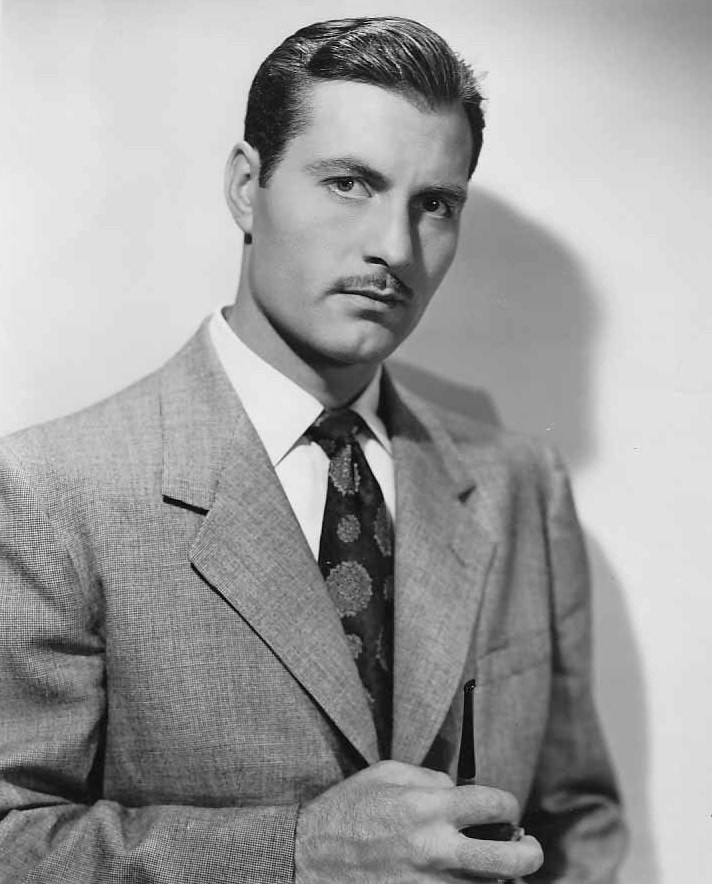
This was George Montgomery’s first major lead, and a casting mistake This clean-cut, well-dressed and pressed, callow, neatly combed. and innocent country boy with a western slur is not the clipped, chipped, shopworn, exhausted, cynical, and jaded city-slicker Marlowe of Humphrey Bogart, Dick Powell, or even the elegant Robert Montgomery, who each played the part once.* On the other hand, Nancy Guild is perfect as the edgy naif secretary, though her career only offered a mere 11 credits. Let’s hope that she quit while she was ahead.
But while acting kudos are on offer, the best has to go to Florence Bates as the murderous and thieving mother who put Ma Barker to shame. Bates had majored in mathematics at the University of Texas, and then completed a law degree and practiced for sometime in San Antonio. All this would have been unusual for the time and place for a woman. The Great Depression uprooted her and drove her into acting to make a living.
*Later incarnations of Philip Marlowe include Robert Mitchum and Powers Booth, both of whom certainly qualified as shopworn, and two another egregious mistakes: a twitchy Eliot Gould and a geriatric James Caan.
By the Canino Test I speculate that Bogey, Dick Powell and Robert Mitchum would survive, but not Gorgeous George, Robert, and certainly not Jim or Eliot. Powers Booth? A borderline maybe.



